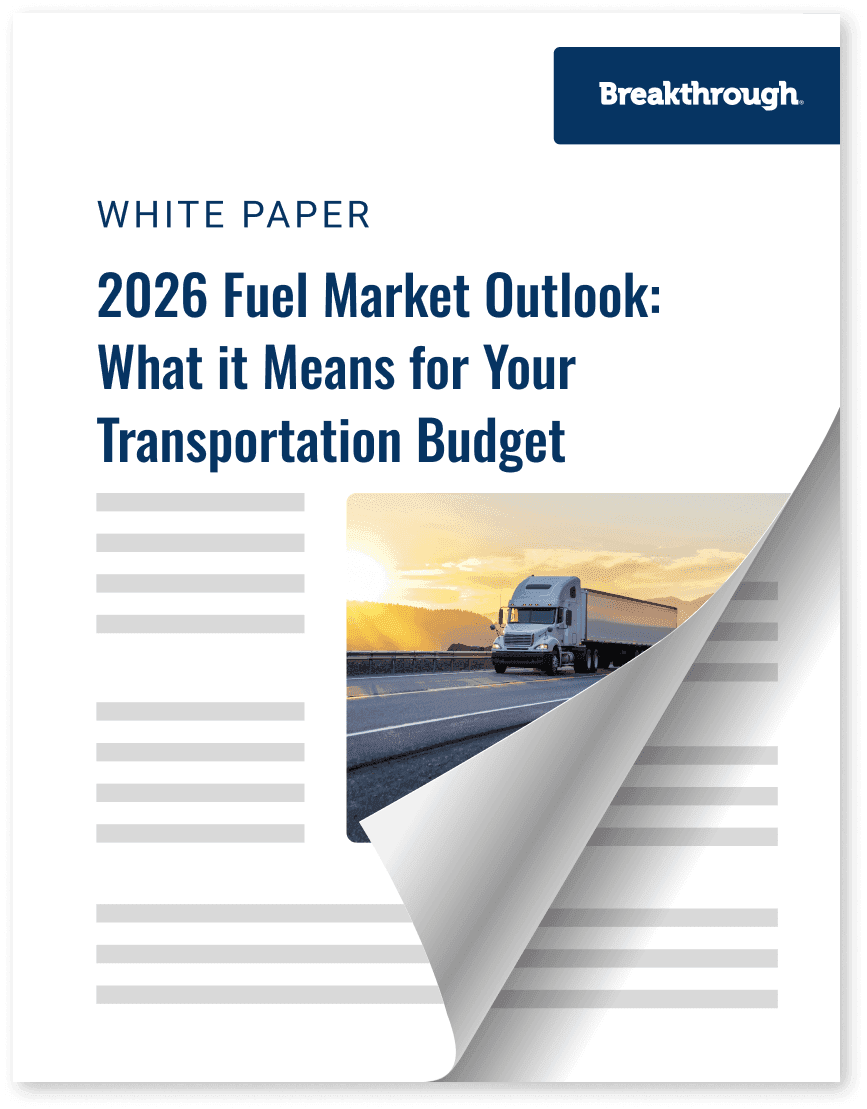2026 Fuel Market Outlook: What it Means for Your Transportation Budget

Trending
Top Posts
2 min read
December 1, 2017

Share:
Fuel price liberalization was completed for all remaining states in central and southern Mexico on November 30, 2017. This means Mexico’s diesel prices will more closely follow global market dynamics similar to those experienced within the United States. The completion of this nationwide reform happened a full month ahead of schedule. The opening of the Mexican fuel market and the price dynamics that will follow make strategies for managing transportation energy costs in Mexico crucial as 2018 approaches.
Mexico’s fuel price liberalization on November 30, 2017 will end the government’s practice of setting fuel prices in Mexico. The regional maximum prices that the Comisión Reguladora de Energía (CRE) released since January 1, 2017 will no longer take effect. Yet, Mexico’s fuel markets will not be entirely free from government intervention, as the Mexican government will continue to apply what it calls a “fiscal stimulus” to the transactional IEPS tax (an excise tax) that will smooth volatility through the Mexican fuel market. Year-to-date, the government has essentially reduced the IEPS tax during periods of increasing diesel prices and expanded the tax during periods of decreasing diesel prices, which partially insulates the market from price volatility. The government plans to continue adjustments to the IEPS tax through 2018, which will limit market volatility.

As the heatmap above shows, pricing dynamics have formed throughout Mexico regardless of the use of government maximums or frequently adjusted tax rates. Mexico’s fuel prices have varied across geography and time through 2017, and this variance is expected to grow following liberalization. Mexico’s national average retail diesel price has ranged from $16.42 to $17.10 MXN/liter during 2017, with regional pricing often varying by about $2.00 MXN/liter. These geographical differences are displayed in the heatmap of average retail prices for October, which is shown above.
Please contact Matt Balzola, Vice President of Business Development at Breakthrough, to learn more about opportunities to manage fuel costs in Mexico.

6 min read
November 20, 2025
Understand the impact of Ukrainian drone strikes on Russian refineries. Learn why diesel prices are volatile and how to protect your budget from market shocks.
Read more
7 min read
November 11, 2025
Discover how fuel management systems cut costs, track emissions, and improve reimbursement accuracy for modern freight operations.
Read more
6 min read
November 10, 2025
Explore how the proposed Union Pacific–Norfolk Southern merger could reshape rail in the U.S. Learn impacts on competition, pricing, and service.
Read more